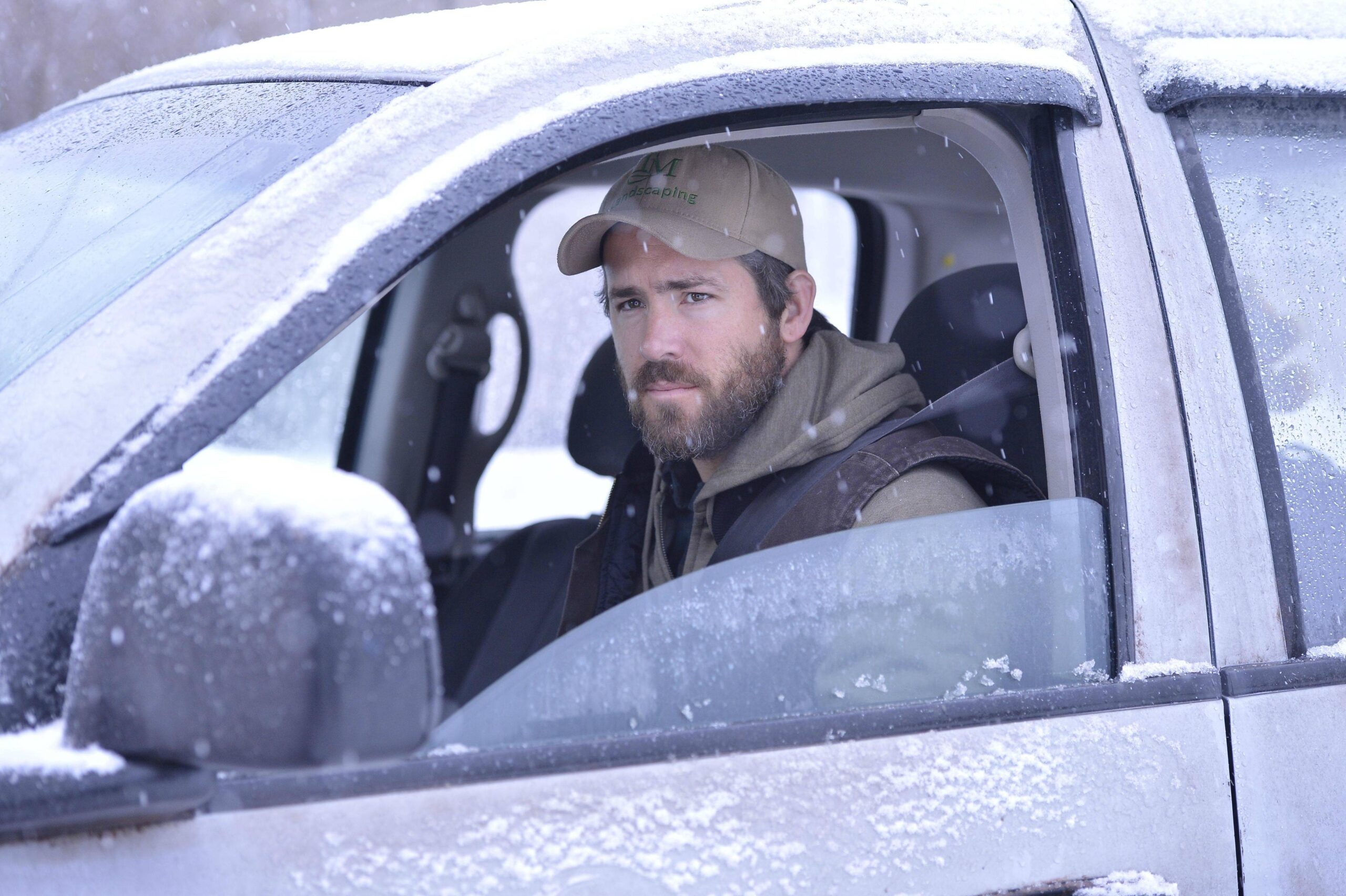Salvatore is an undeniably pleasant and informative jaunt through fashion and film history, but a lack of balance and cohesion keep its ceiling low.
Call it the fast fashion industrial complex, fueled by Instagram, TikTok, and blink-and-you’ll-miss-em microtrends. Small armies of anonymous drop-shippers employ faraway sweatshops to churn out flimsy $12 outfits as if they were disposable straws — not that there’s much difference when they end up in the same landfills. The antidote to this feeding frenzy? So-called “investment pieces,” designed by masters and often made by hand, marrying innovation and beauty into items that blur the line between clothing and art. In Salvatore: Shoemaker of Dreams, director Luca Guadagnino trains his eye on one such master, the Italian designer Salvatore Ferragamo.
Fashion-minded viewers will enjoy hearing Ferragamo’s origin story, which ticks so many rags-to-riches immigrant boxes it might as well have been written by Mario Puzo. After apprenticing with the village cobbler as a child and then honing his craft in Naples, he made the dangerous transatlantic passage to America in 1915, at the tender age of 17. After a lucky break at Ellis Island, he visited the shoe factory where his older brother worked in Boston and was appalled by the lack of craftsmanship and care that went into the final product. Such rapid, soulless production went against all of Ferragamo’s creative values and artistic aspirations.
Where to next? Hollywoodland, of course, which was at the time in thrall to silent film before making way for the opulent, bombastic productions of the 1920s. Ferragamo had by then made a name for himself as the premier shoe designer for the movies, known for innovation, imagination, and comfort. Not content with beautiful designs, he went so far as to study human anatomy at the University of California so that he could achieve both physical and aesthetic “balance” with his shoes. It’s no wonder he counted among his friends and clients the likes of Rudolph Valentino, Lillian Gish, Greta Garbo, Joan Crawford, Sophia Loren, and Audrey Hepburn.
During these sections, Salvatore delves somewhat unexpectedly into film history, led by Martin Scorcese as Guadagnino’s most affable interview subject. Other talking heads include three generations of the Ferragamo family (who now control the company), as well as various fashion luminaries, curators, and historians. These experts provide context for the next few decades of Ferragamo’s career as he leaves America for Italy, declares bankruptcy during the Great Depression, and is forced by wartime sanctions to use unexpected materials like raffia and cork in place of hard-to-find leather. Oh, and along the way he invents the wedge heel. No big deal.
Guadagnino intersperses these interviews with various home videos (though it’s not always clear who is on screen), while Michael Stuhlbarg provides narration. The cumulative effect is pleasant and informative, but perhaps less balanced than Ferragamo himself would have liked. His death in 1960 is skated over and, and the two extended sequences that bookend the film — the opening shots in a factory, documenting the entire process of creating a Ferragamo pump from beginning to end, and the fanciful closing animation of his most famous designs dancing in formation like synchronized swimmers — seem to belong to different movies. At nearly two hours, viewers will be sure to walk away with a newfound appreciation for Ferragamo’s place in the fashion pantheon, but as for the film itself, Salvatore could have been a bit lighter on its feet.







